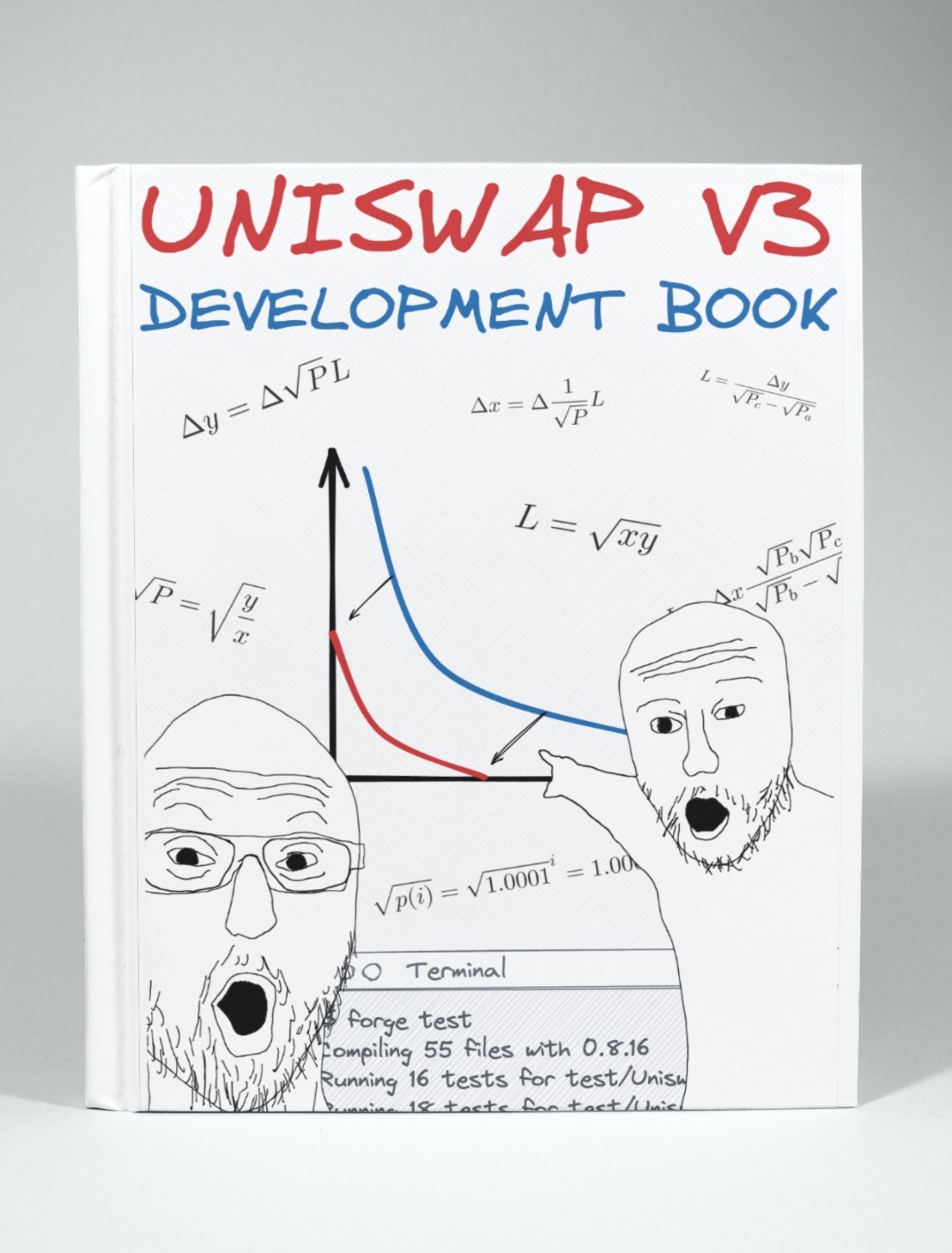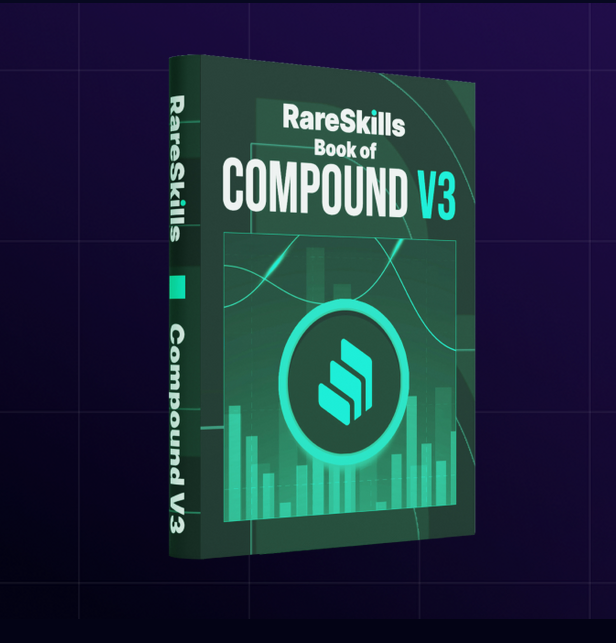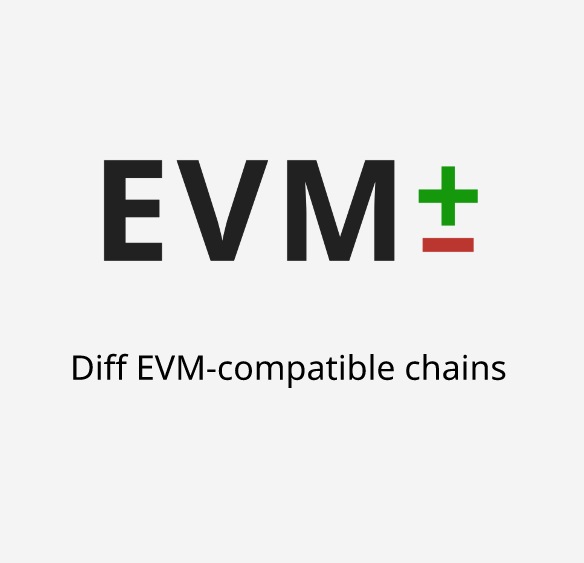Block: 68
Timestamp: 01:35:55

AuditProfile
Security blog
Signature maliability that you can miss in your code
Reading audit reports can increase your security knowledge and help you avoid new types of bugs in your protocol. Here is a great example of how the same signature check can cause trouble. Take a look at two code snippets:
function refinanceFull(
RenegotiationOffer calldata _renegotiationOffer,
Loan memory _loan,
bytes calldata _renegotiationOfferSignature
) external nonReentrant returns (uint256, Loan memory) {
...
if (lenderInitiated) {
if (_isLoanLocked(_loan.startTime, _loan.startTime + _loan.duration)) {
revert LoanLockedError();
}
...
} else if (msg.sender != _loan.borrower) {
revert InvalidCallerError();
} else {
/// @notice Borrowers clears interest
@> _checkSignature(_renegotiationOffer.lender, _renegotiationOffer.hash(), _renegotiationOfferSignature);
netNewLender -= totalAccruedInterest;
totalAccruedInterest = 0;
}and the second one:
function addNewTranche(
RenegotiationOffer calldata _renegotiationOffer,
Loan memory _loan,
bytes calldata _renegotiationOfferSignature
) external nonReentrant returns (uint256, Loan memory) {
...
uint256 loanId = _renegotiationOffer.loanId;
_baseLoanChecks(loanId, _loan);
_baseRenegotiationChecks(_renegotiationOffer, _loan);
@> _checkSignature(_renegotiationOffer.lender, _renegotiationOffer.hash(), _renegotiationOfferSignature);
if (_loan.tranche.length == getMaxTranches) {
revert TooManyTranchesError();
}So when lender signs RenegotiationOffer, it is meant to replace tranche, i.e. execute refinanceFull(). But a malicious user can use this sign and front-run execute addNewTranche().
addNewTranche() doesn’t limit the RenegotiationOffer too much. The newly generated Loan will be approximately twice the total amount borrowed, and the risk of borrowing against the lender will increase dramatically.
As a simple bug fix you can add a type field to differentiate between signatures.
Read the full report here:
#signature
#maliability
Study for free

Cyfrin Updraft
Completely free courses

RareSkills Tutorials
Learn more about the blockchain world

Smart Contract Programmer
Free education videos
Awesome Books

Uniswap V2 Book
by RareSkills

Uniswap V3 Book
by Jeiwan

Compound Book
by RareSkills

ZK Book
by RareSkills

Ethereum Book
by Andreas M. Antonopoulos, Gavin Wood

Beigepaper
by Micah Dameron
Useful tools

EVM diff
Compare execution layer differences between chains

EVM storage
Dive deep into the storage of any contract

